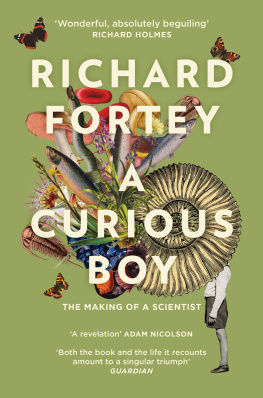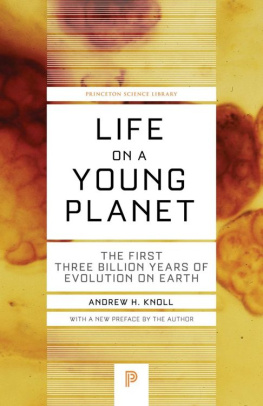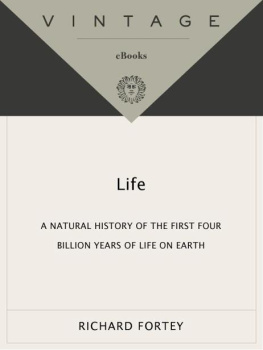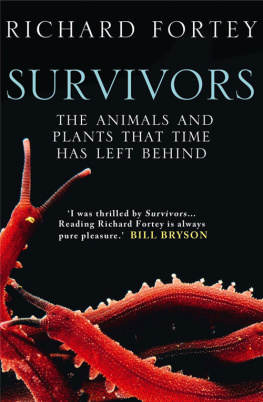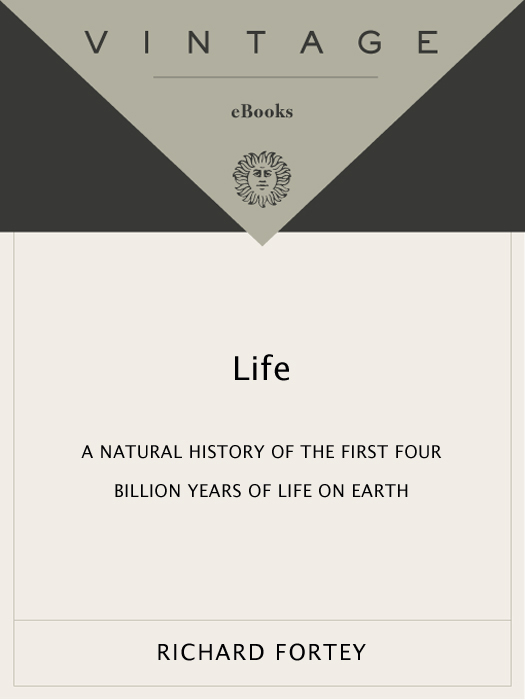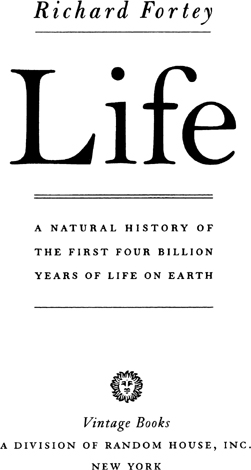Fortey - Life A Natural History of the First Fou
Here you can read online Fortey - Life A Natural History of the First Fou full text of the book (entire story) in english for free. Download pdf and epub, get meaning, cover and reviews about this ebook. year: 2011;2001, publisher: Knopf Doubleday Publishing Group, genre: Religion. Description of the work, (preface) as well as reviews are available. Best literature library LitArk.com created for fans of good reading and offers a wide selection of genres:
Romance novel
Science fiction
Adventure
Detective
Science
History
Home and family
Prose
Art
Politics
Computer
Non-fiction
Religion
Business
Children
Humor
Choose a favorite category and find really read worthwhile books. Enjoy immersion in the world of imagination, feel the emotions of the characters or learn something new for yourself, make an fascinating discovery.

Life A Natural History of the First Fou: summary, description and annotation
We offer to read an annotation, description, summary or preface (depends on what the author of the book "Life A Natural History of the First Fou" wrote himself). If you haven't found the necessary information about the book — write in the comments, we will try to find it.
By one of Britains most gifted scientists: a magnificently daring and compulsively readable account of life on Earth (from the big bang to the advent of man), based entirely on the most original of all sources--the evidence of fossils.
With excitement and driving intelligence, Richard Fortey guides us from the barren globe spinning in space, through the very earliest signs of life in the sulphurous hot springs and volcanic vents of the young planet, the appearance of cells, the slow creation of an atmosphere and the evolution of myriad forms of plants and animals that could then be sustained, including the magnificent era of the dinosaurs, and on to the last moment before the debut of Homo sapiens.
Ranging across multiple scientific disciplines, explicating in wonderfully clear and refreshing prose their findings and arguments--about the origins of life, the causes of species extinctions and the first appearance of man--Fortey weaves this history out of the most...
Fortey: author's other books
Who wrote Life A Natural History of the First Fou? Find out the surname, the name of the author of the book and a list of all author's works by series.

